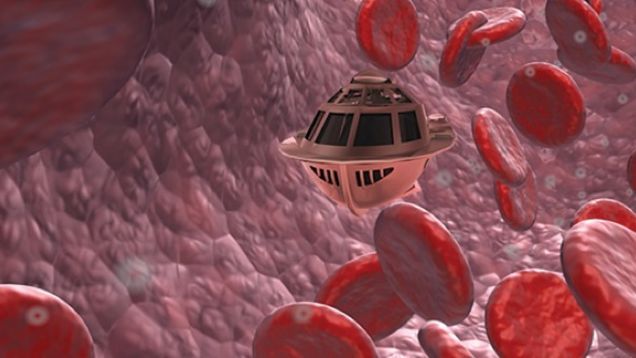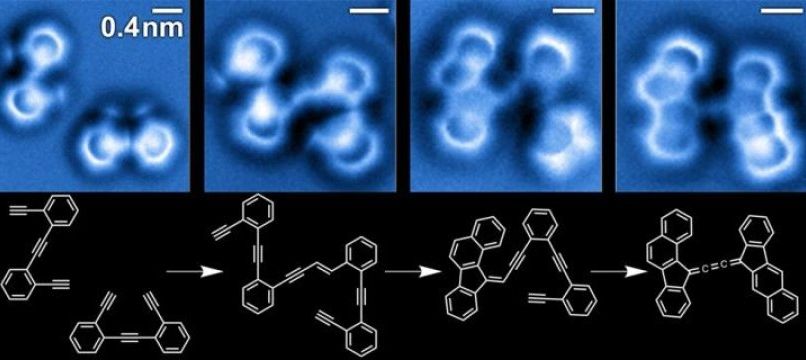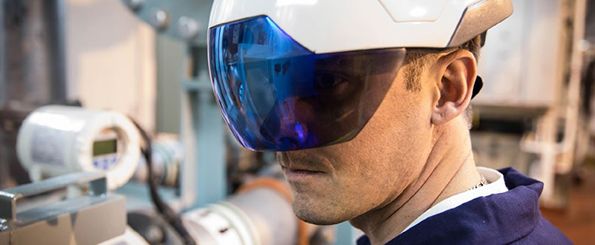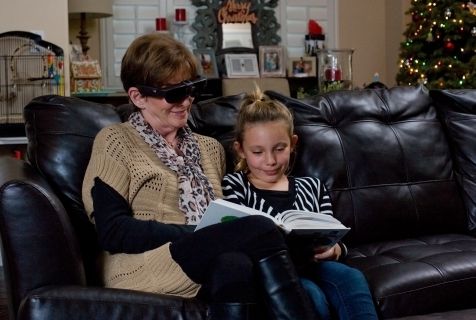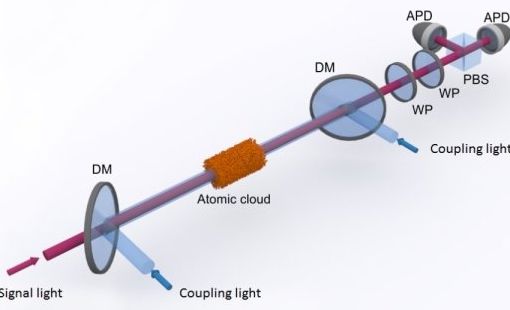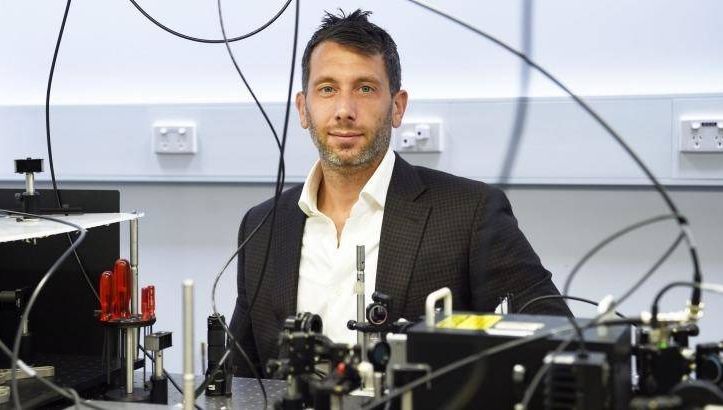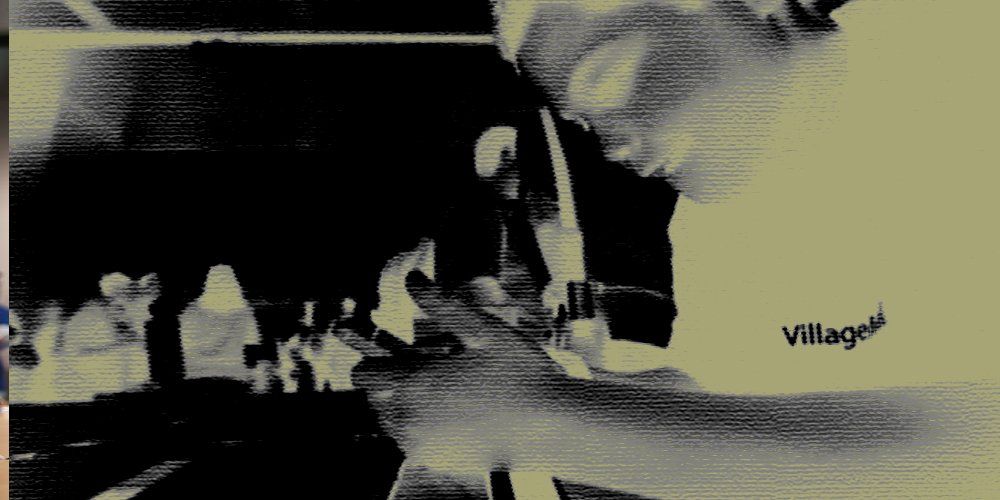May 3, 2016
The recently created World’s tiniest engine can enter living cells
Posted by Karen Hurst in categories: entertainment, neuroscience
No longer in the movies.
Specific regions of the brain are specialized in recognizing bodies of animals and human beings. By measuring the electrical activity per cell, scientists from KU Leuven, Belgium, and the University of Glasgow have shown that the individual brain cells in these areas do different things. Their response to specific contours or body shapes is very selective.
Facial recognition has already been the subject of much research. But what happens when we cannot recognize an animal or a human being on the basis of a face, but only have other body parts to go on? The mechanism behind this recognition process is uncharted territory for neuroscientists, says Professor Rufin Vogels of the KU Leuven Laboratory for Neuro- and Psychophysiology.
Continue reading “The recently created World’s tiniest engine can enter living cells” »
